9 surprising dehumidifier mistakes that are costing you time and money
I asked the experts, so you don't have to
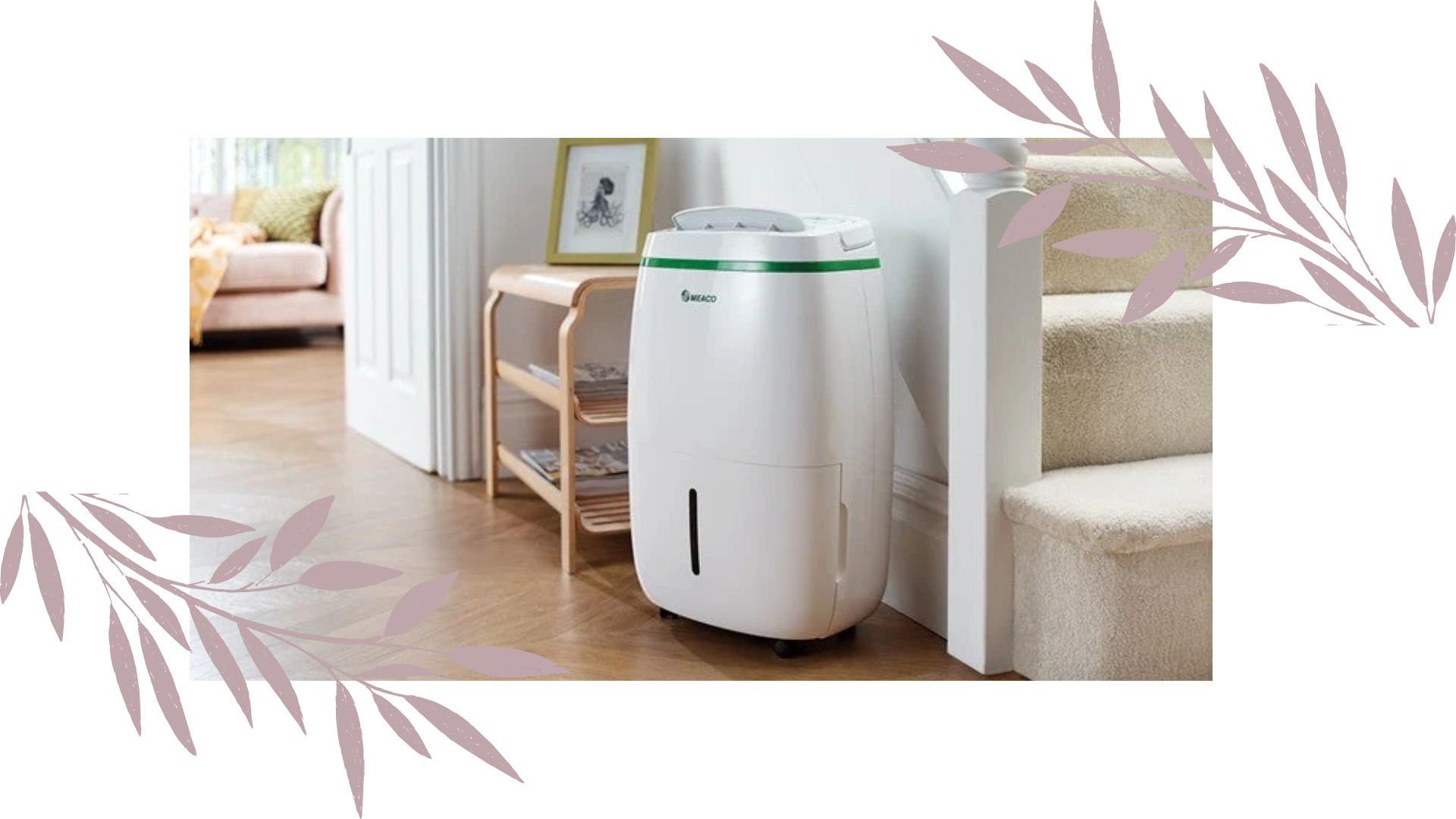

My dehumidifier is one of the best investments that I've made, but that's only because I did my research and made sure that I avoided the most common dehumidifier mistakes that people make — here are the ones you need to know about.
If you've taken time to choose the best dehumidifier for the damp issues in your home, you want to make sure that you're using it in the most efficient way possible. I asked experts what they wish they knew before buying a dehumidifier as well as the mistakes that they always see people making so that you can sit smug and dry in your home.
Here are all the dehumidifier mistakes that experts wish you knew about; they'll save you time, tears, money, and mould.
Dehumidifier mistakes that are costing you time and money
There are obvious ones, such as how often you clean and maintain your dehumidifier as well as some more surprising ones, such as whether you leave yours running all of the time and what humidity setting you have as a target.
1. Choosing the wrong size and type
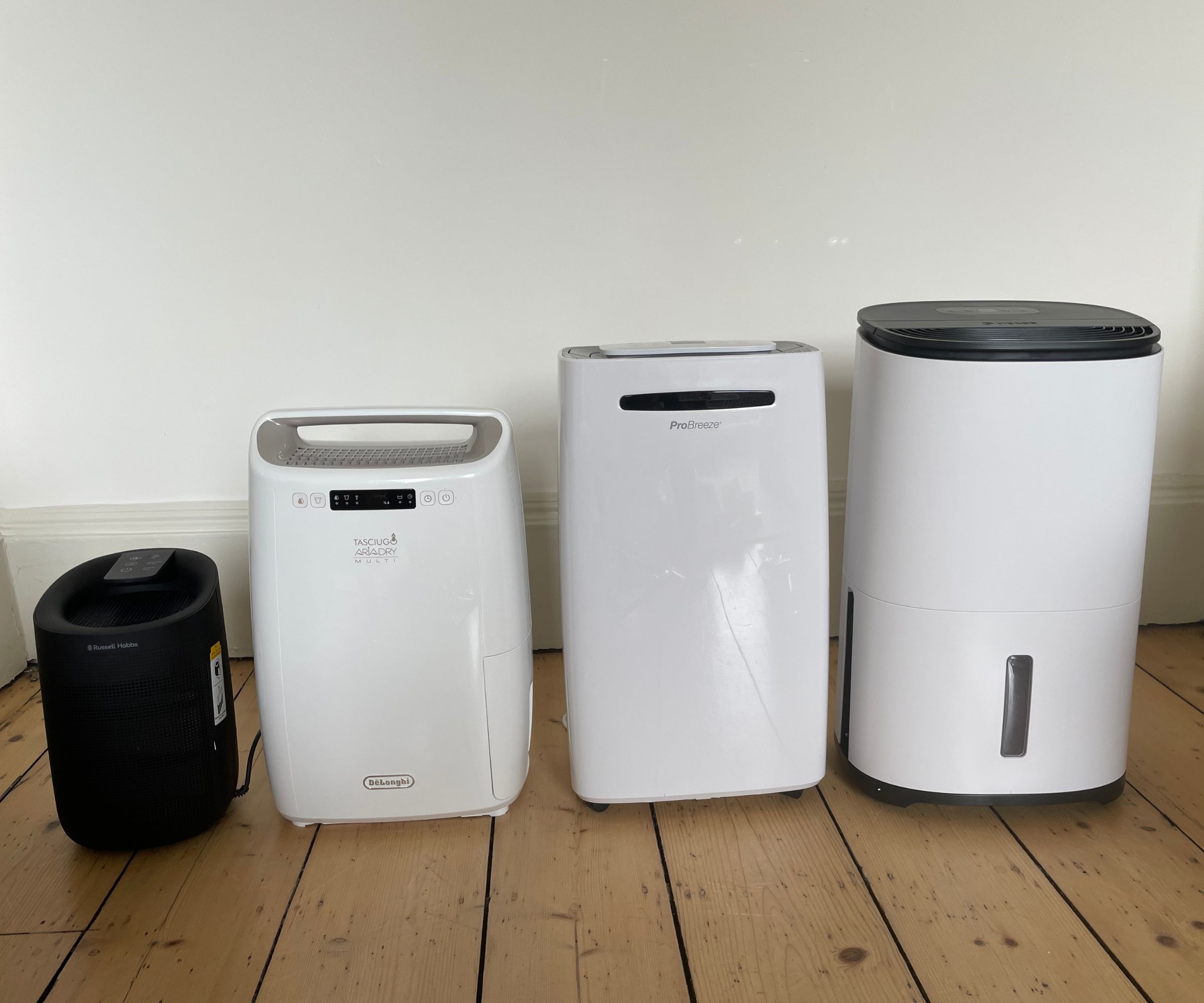
The first — and one of the most common — dehumidifier mistakes you can make is not doing your research before making an investment. These appliances come in all shapes, sizes, and prices, so it's important to know what's out there before choosing the perfect one for you.
Choosing the right size
It can be tempting to choose a cheaper, smaller dehumidifier than your room requires, assuming that it'll get most of the dehumidifying job done. Sadly, this will cost you money without delivering on any good results.
Sign up to our free daily email for the latest royal and entertainment news, interesting opinion, expert advice on styling and beauty trends, and no-nonsense guides to the health and wellness questions you want answered.
If you're wondering what size of dehumidifer you need, the features to look for are the capacity (how much water it can extract before your machine needs emptying), the timer function, and the humidistat (which will choose for your machine to run when humidity levels are high). I've made a table for which rooms need which sized humidifiers.
| Room size (square feet) | Low humidity (50-60%) | Moderate humidity (60-70%) | High humidity (70-80%) | Very high humidity (80-100%) |
|---|---|---|---|---|
| Up to 300 sq ft | 4-8 litres | 6-10 litres | 8-12 litres | 10-16 ;itres |
| 300-500 sq ft | 6-10 litres | 8-12 litres | 10-16 litres | 12-20 litres |
| 500-800 sq ft | 8-12 litres | 10-16 litres | 12-20 litres | 16-24 litres |
| 800-1200 sq ft | 10-16 litres | 12-20 litres | 16-24 litres | 20-30 litres |
| 1200-1500 sq ft | 12-20 litres | 16-24 litres | 20-30 litres | 24-35 litres |
| 1500-2000 sq ft | 16-24 litres | 20-30 litres | 24-35 litres | 20-45 litres |
| 2000 + sq ft | 20-30 litres | 30-45 litres | 30-45 litres | 35+ litres |
Choosing the right type (and the 10°C rule)
You might think that any old dehumidifier will do different jobs around your home, but it's worth shopping around. Chris Michael, Founder and Managing Director of Meaco, says that "the most common types of dehumidifier used in the UK use either compressor or desiccant technology. Compressor dehumidifiers are the more established and more commonly found in the UK. They work by creating a cold surface and when the warm, damp air from within the room comes into contact with the cold surface, condensation forms, and the water is removed from the air and stored in the water tank. This is similar to how your refrigerator works.
A desiccant dehumidifier has no compressor and does not use a cold surface to extract the excess moisture from the air. Instead, it has a desiccant wheel that absorbs the moisture from the air, in a similar way to a sponge, that empties into the water tank. The desiccant is regenerated by an internal heater and fan so that the process can be repeated time and time again."
Michael says that 10°C is key to choosing the right one for your room. "When the room air temperature is likely to fall below 10°C, for example in an unheated conservatory, garage or basement a desiccant dehumidifier is the most suitable type. This is because, desiccant dehumidifiers maintain a consistent performance, regardless of the surrounding temperature.
Compressor dehumidifiers, on the other hand, need the inside of the machine to be colder than the air within the room in order for it to perform correctly. So, the colder the room, the harder the dehumidifier has to work to create that cold surface. As the temperature starts to fall down towards 10°C, the chances are that the inside of the dehumidifier will get close to freezing, increasing the chances of ice forming on the dehumidifier’s cooling coils. Below 10°C, compressor dehumidifiers are programmed to spend more and more of their time defrosting themselves rather than dehumidifying."
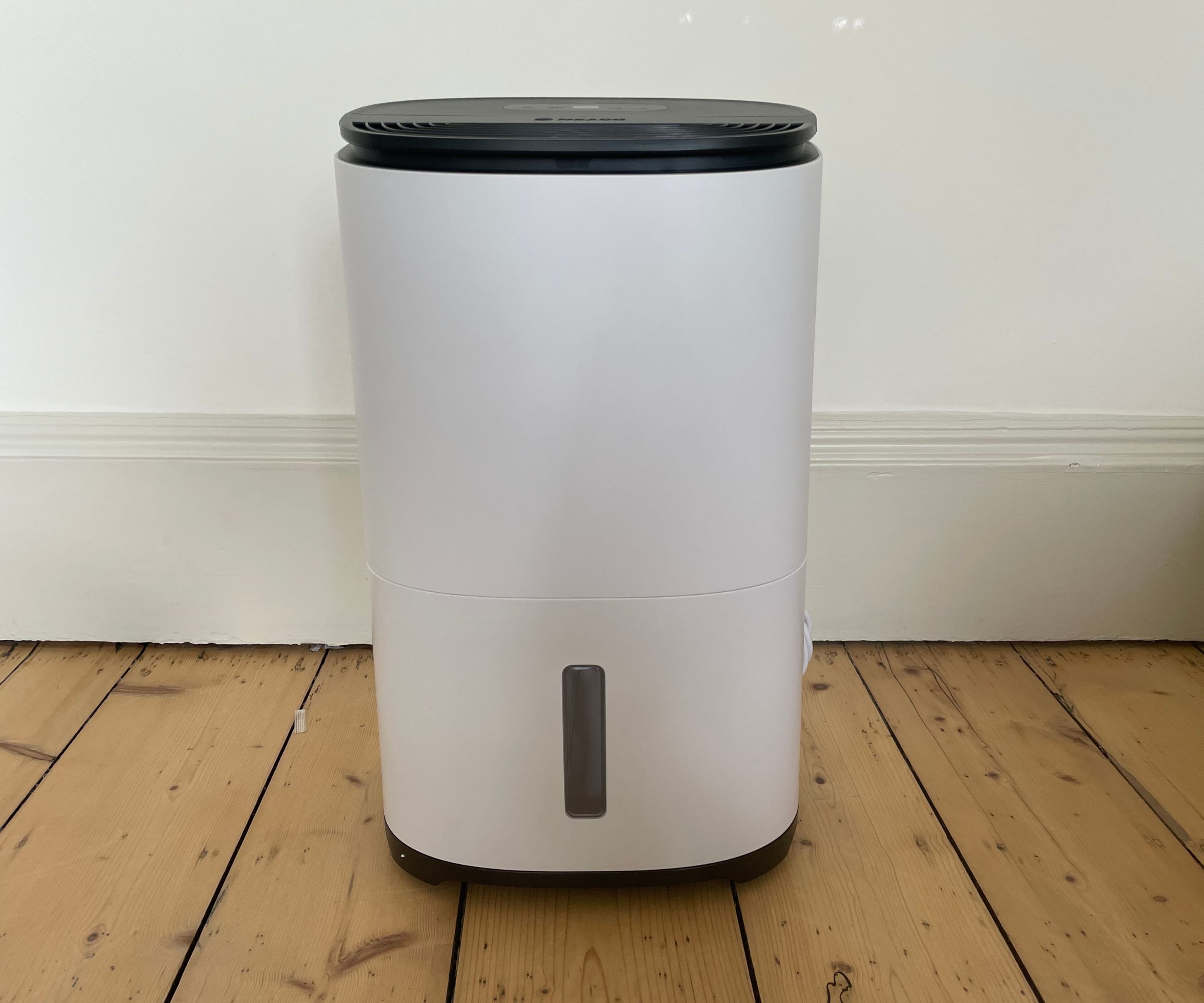
Plenty of brands have their own niches that they serve with specific functions. For example, almost all of the best dehumidifier brands will have special dehumidifiers for bedrooms that are quieter and still effective overnight. Some even have 'silent' buttons. Because, yes, you can leave a dehumidifer on overnight.
Similarly, there are models made for bathrooms that can work quickly to clear dampness from the air after a shower or bath rather than taking a slower, more consistent approach like other models.
2. Opening windows and doors to help
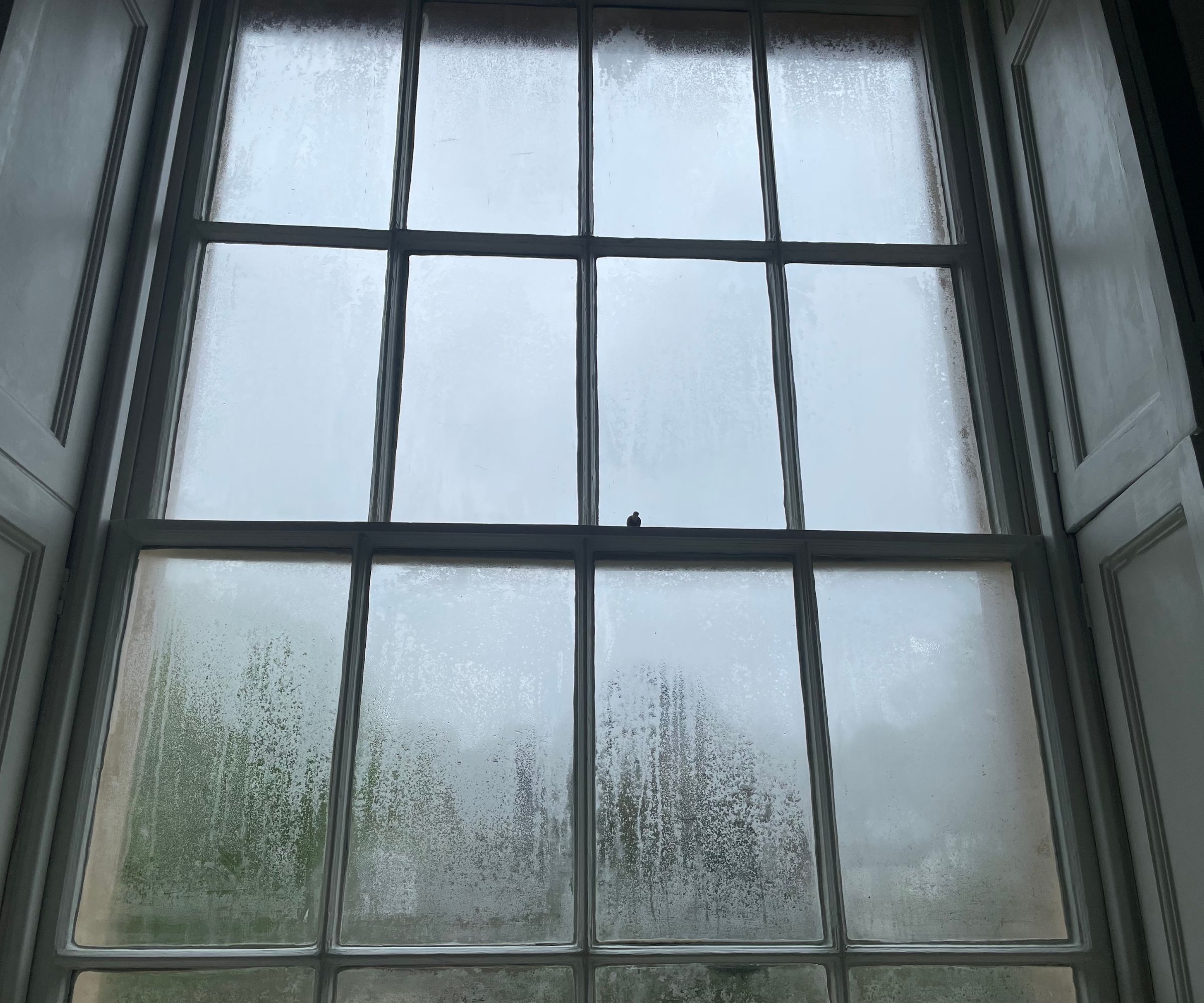
If your rooms feel stuffy, musty, and damp, it might seem logical to throw open the windows and get the dehumidifier running. Whilst a breeze through your house will certainly make it feel fresher, it will render your dehumidifier useless. "Dehumidifiers rely on creating a very specific airflow", Jess Farinha, founder of London House Cleaners says, "so when you have your doors and windows open, you mess with all the work that the dehumidifier has done as well as letting in more moisture. Keep all internal and external windows and doors shut if you want to maximise your dehumidifier's efficiency."
3. Putting your dehumidifier in the wrong place
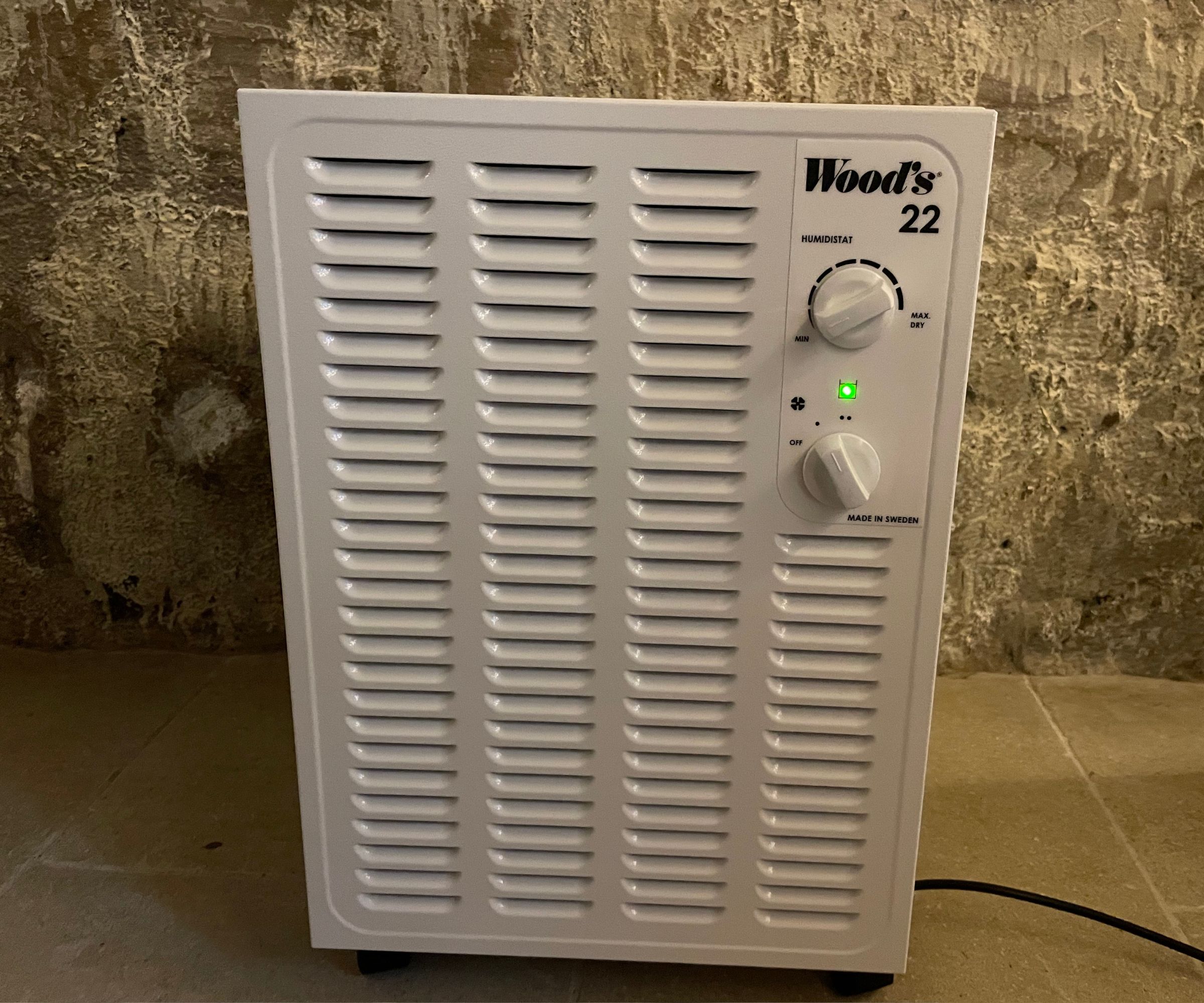
Choosing where to put your dehumidifier in your house can be a tough task. Most of the experts that I spoke with recommended putting your dehumidifier in a living room, basement or bedroom if these are areas where you struggle with humidity. Jess Farinha says "these are often problem places, especially if you spend a lot of time in them. High humidity can reduce the air quality in your rooms. If that's your bedroom or lounge, you're massively compromising on your health and quality of life."
Marc Duckworth, Product Manager at Product Care Group (Russel Hobbs - one our favourite dehumidifiers), says “People tend to place their dehumidifiers in the corner of a room, but we would advise to position the unit at least 20-30cm away from any obstructions. This helps prevent blocked vents and ensures unrestricted air flow. Dehumidifiers function by drawing in air and expelling it through the vents, so maintaining this distance from the wall is crucial for proper air circulation.”
Jess also added that you'll need to keep away from heat sources and windows too. The reason heat sources are a big no-go for dehumidifiers is that they work by essentially encouraging the moisture in the air to form condensation inside the dehumidifier. If you put the dehumidifier near a radiator, for example, the dehumidifier has to work a lot harder to get cool enough to form condensation.
There's more detail on how dehumidifiers work over here.
4. Letting your clothes air dry to save money
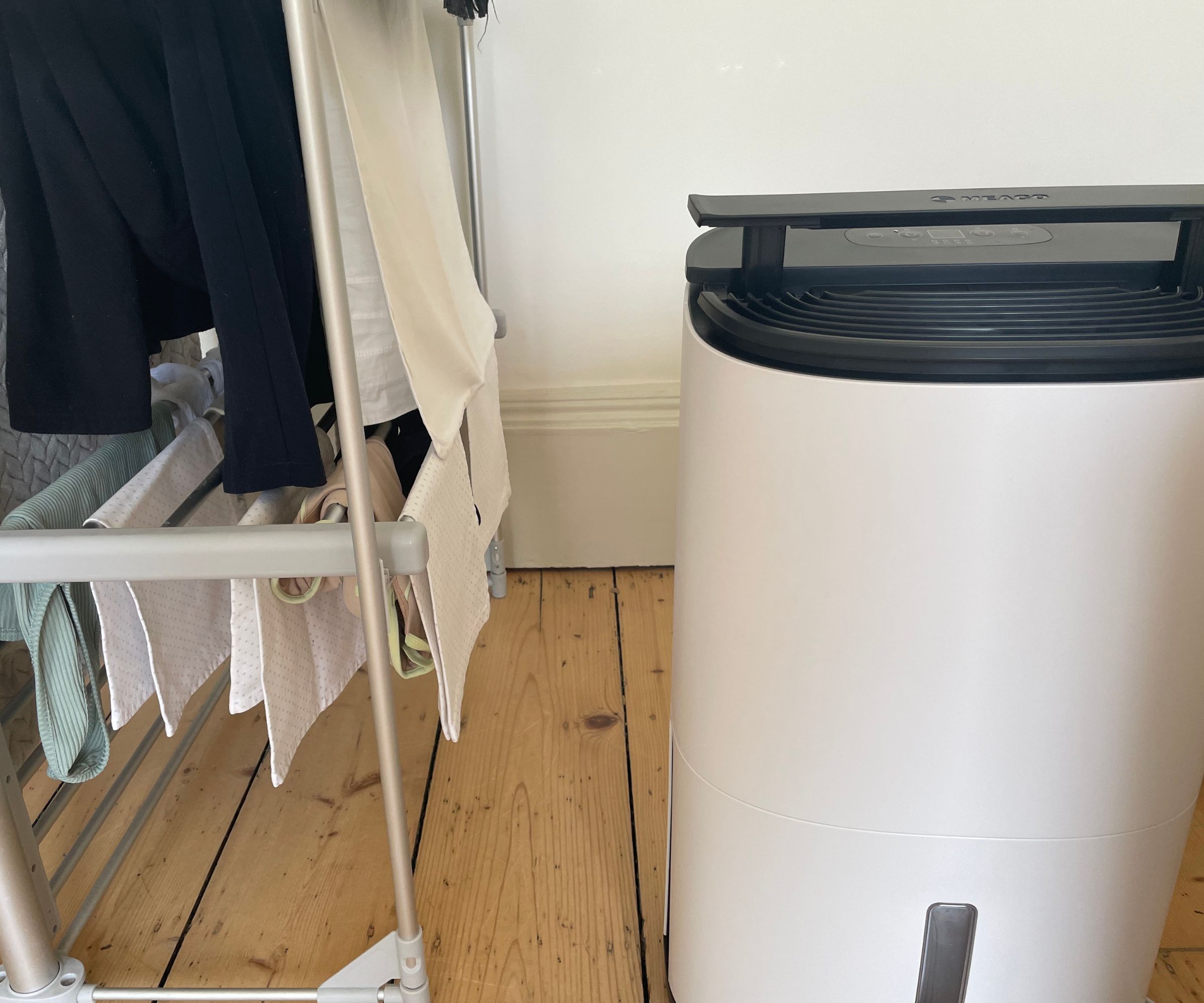
Lots of people think that air drying is the most cost-efficient way to do your laundry. That's true if you have a washing line in your garden and some uncommonly warm British weather. However, if you struggle with dampness issues in your home and you need to dry your clothes indoors, you'll want to use your dehumidifier to help speed up laundry day.
If you don't know how to do this, it's super simple. Place your dehumidifier under a clothes airer. The dehumidifier will draw the damp air in and blow fresh air across your clothes. Not only will this create a nice breeze, it'll also fill your house with the smell of fresh linen.
5. Striving for the wrong humidity levels
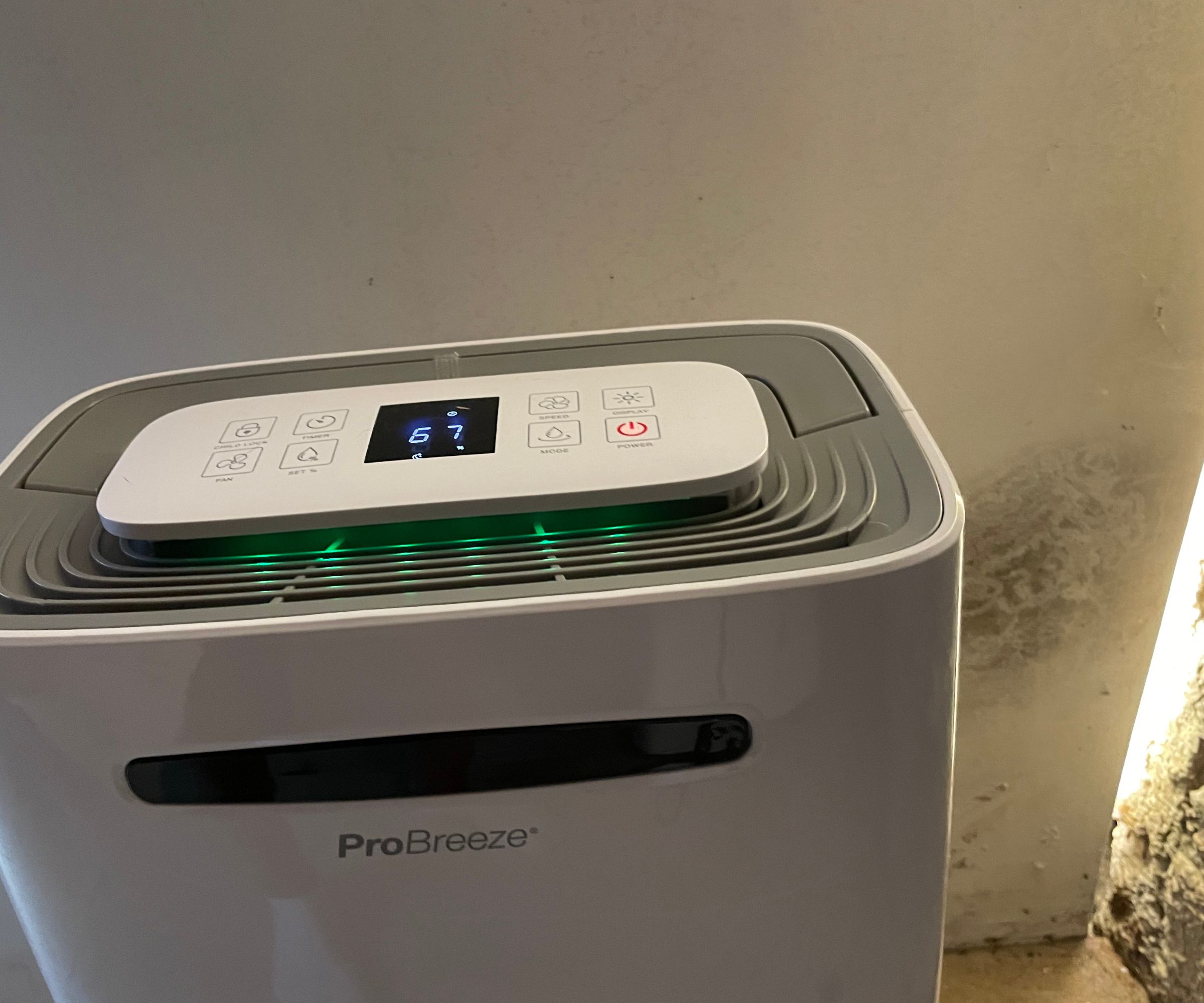
Dehumidifers are clever appliances that work independently, for the most part. However, when yours arrives, you'll need to adjust your model to work towards a specific humidity level for your home.
When people think about dehumidifier mistakes, they don't expect one of them to be drying your room out too much. However, experts have all said that you don't actually want your home to be totally rid of moisture. In fact, Chris Michael, the Founder and Managing Director of Meaco, says that the optimal humidity for a home in the UK is 55%. "Going lower than 40% is unnecessary unless there's a specific need for a very dry room," says Chris, "dehumidifiers will be working overtime to get to that level leading to higher energy bills. 40% to 60% RH is what Meaco and most professional bodies recommend."
6.Not running it for long enough
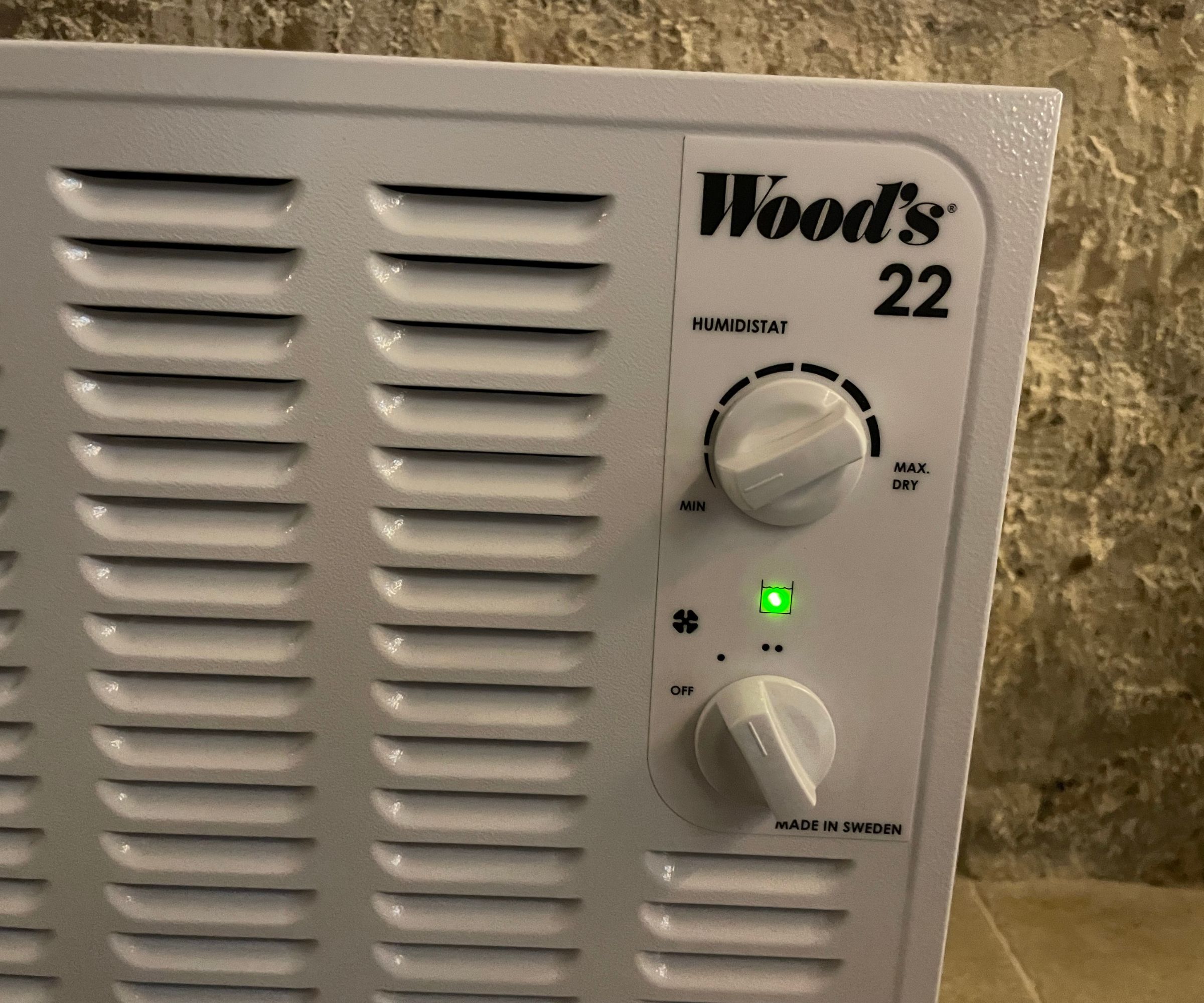
While we're on the subject of running your dehumidifier for too long, I'll answer one of the most common dehumidifier mistakes and questions. that people ask. It's all centred around the question of how long you should have a dehumidifier running for. The answer isn't really a fixed number, just like if you asked 'how long should I cook a loaf of bread for?' It depends on a number of factors.
Jess Farinha, the founder London House Cleaners, says, "I recommend running dehumidifiers continuously during the winter months, especially in areas prone to high humidity. If the humidity level drops below 30%, it is usually safe to turn off the dehumidifier to prevent the air from becoming too dry."
We've dedicated a whole article to answering the question in more specific scenarios, since how long you humidifier should run for largely depends on how much excess moisture and humidity is in your home. Most experts will recommend leaving yours running for 8-12 hours and not much longer. Luckily, plenty of dehumidifiers come with pre-sets, so you can select the humidity levels that you want in your room and the dehumidifier will only work when the levels are above that.
7. Slacking on maintenance
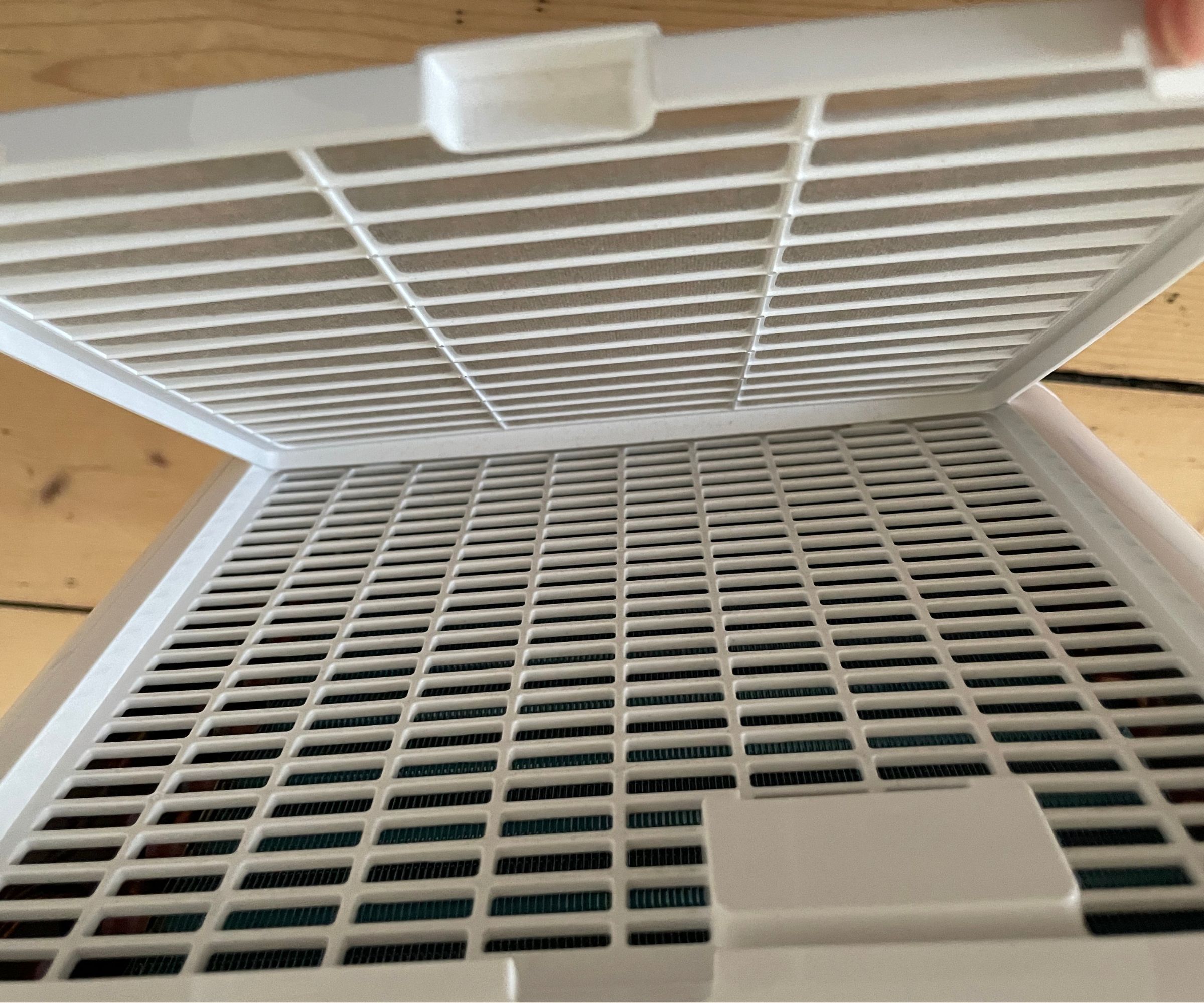
Not cleaning properly is one of the most common dehumidifier mistakes, but it's also the one that we can all guess. Just like any appliance in your home, it's important to clean your dehumidifier to keep it running effectively and efficiently.
Not only should you regularly empty the water and clean out the reservoir, but experts pointed out that the filter is often one of the most neglected parts of a dehumidifier.
Cleaning the air from impurities is a job that should be left to air purifiers, isn't it? Whilst air purifiers will do a more thorough job, dehumidifiers also do a little purification on the side. As dehumidifiers lift mould and moisture from the air, they will catch hair, dust, and dander too. You'll see this build-up (and eventually clog) the dehumidifier's filters, which is why this is a part of the dehumidifier to focus on. Luckily, this isn't a taxing job. You'll find the filters can be wiped clean with a simple microfibre cloth from Amazon and then they'll be back to maximum efficiency.
8.Overpaying for a dehumidifier

After doing my job for years, I've seen a pattern. Almost any appliance that you want will go on sale at some point in the year, so if you're smart about how you shop, you can save a lot of money.
When it comes to timings, I'd always recommend buying a dehumidifier in the summer. Nobody else is buying them when the sun is baking all the moisture out of your home. You should also take a look at the dehumidifier deals on offer, because it's highly likely that there'll be discounts on a model suitable for your home.
Whilst it's not the end of the world to buy your dehumidifier at full price, it's always satisfying if you can make some sort of saving.
9. Thinking that a dehumidifier will solve your damp problems
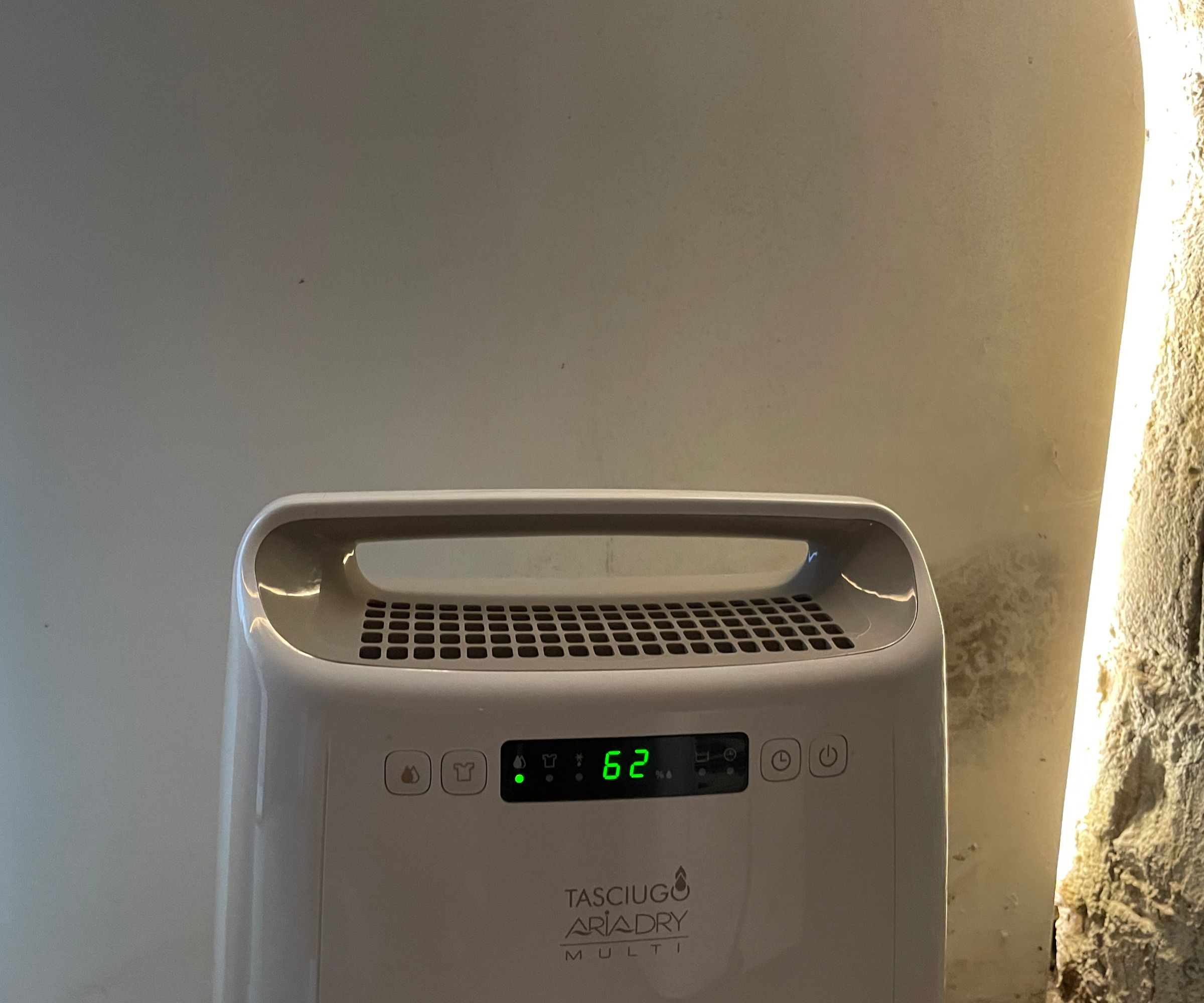
Whilst dehumidifiers can be an immense help for any damp issues in your home, there are other ways to reduce humidity in your house. Alex Litcan, Category Manager at De’Longhi says that "whilst a dehumidifier can be used to also effectively dry clothes, in winter, it is not designated to replace heating systems and/or other temperature control systems.
"A common user mistake that we come across is where a dehumidifier is used solely in winter with no heating of the environment which reduces its effectiveness significantly. A dehumidifier is most effective at temperatures of 17 degrees Celsius and above, and therefore should be used in conjunction with your home heating system in winter periods where indoor temperatures can drop below 17 degrees Celsius when not heated. "
The best way to deal with persistent damp problems is to go to the source. Do you have any small leaks in your pipework or any seeping groundwater? Is your extraction fan working in the kitchen and bathroom? If you can fix these, you might be able to make your dehumidifier redundant, over time.
FAQs
Can I dehumidify my house too much?
If you're currently suffering from damp issues in your home, the idea of a home that's too dry will sound like a dream, but it really isn't. You should aim to keep your humidity above 40%, because if it drops any lower, you'll find that your throat tickles, youe eyes itch, and some allergies might flare up.
Is there a perfect dehumidifier size?
Different humidifiers suit different homes and humidity levels, so, sadly, there is no perfect size and model for every single home. The most popular models tend to be 12 litres or 20 litres, because this offers enough capacity for the average 3-bed home. You can tweak your size from that guide, or the longer table that I've put higher up the page.
Should doors be open or closed when using a dehumidifier?
One of the most common dehumidifier mistakes that people make is opening doors and windows. Whilst fresh air might feel like it's drying out your home, it's actually interfering with the air flow from your dehumidifier and it'll be bringing in moisture form other rooms or outside. For that reason, you should keep your doors firmly shut in the room that your dehumidifier is running in.
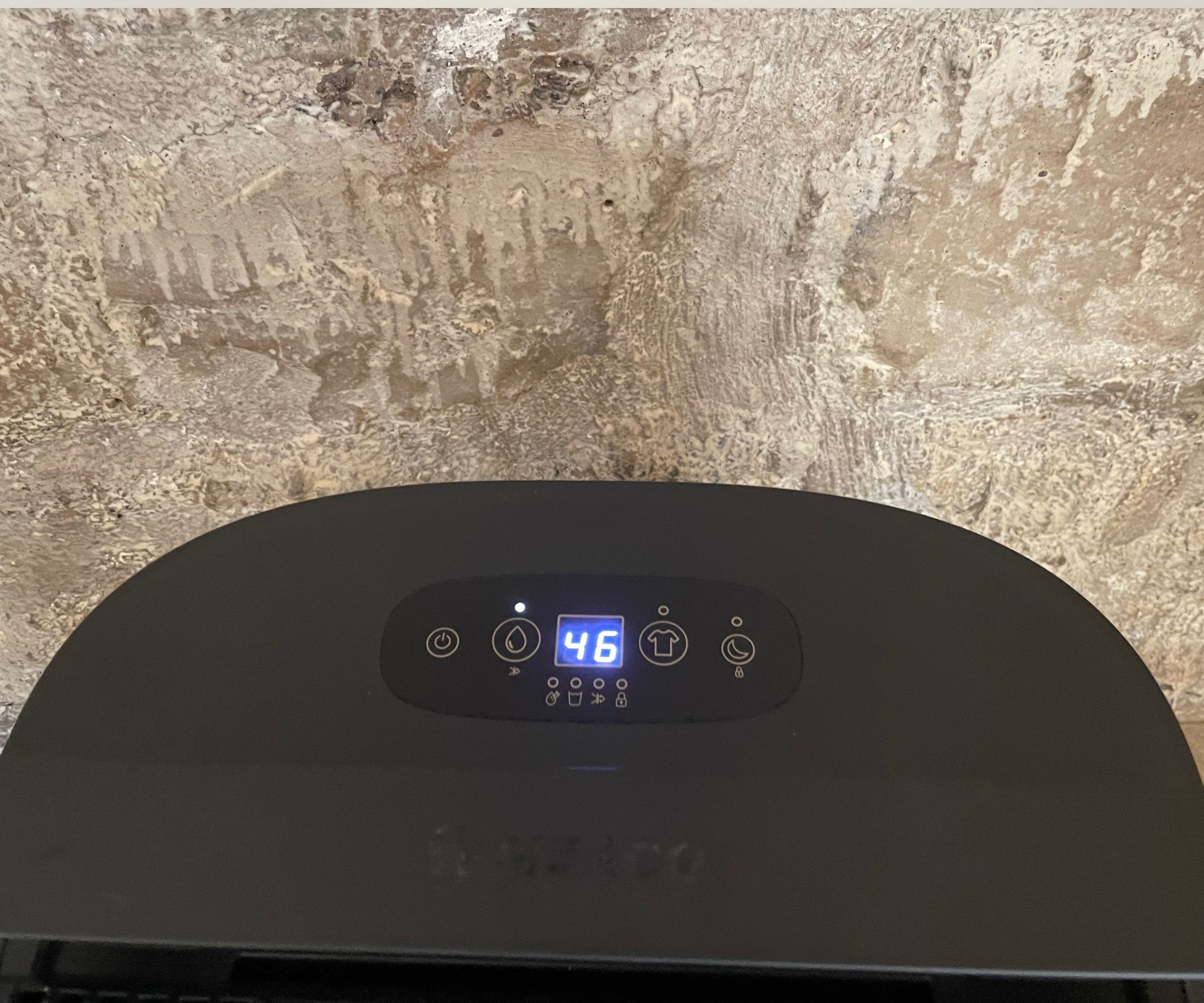
There are plenty of dehumidifier mistakes that even the experts are making, but that's why I asked for advice on the ones that you should categorically avoid falling into. From sealing the windows and doors, to leaving a little space behind your dehumidifier, there's a lot that can help boost the speed and cost-efficiency of your favourite model.

Laura is woman&home's eCommerce editor, in charge of testing, reviewing and creating buying guides for the Homes section, so you'll usually see her testing everything from the best dehumidifiers to sizing up the latest Le Cruset pot. Previously, she was eCommerce editor at Homes & Gardens magazine, where she specialised in covering coffee and product content, looking for pieces tailored for timelessness. The secret to her heart is both simplicity and quality. She is also a qualified Master Perfumer and holds an English degree from Oxford University. Her first editorial job was as Fashion writer for The White Company.